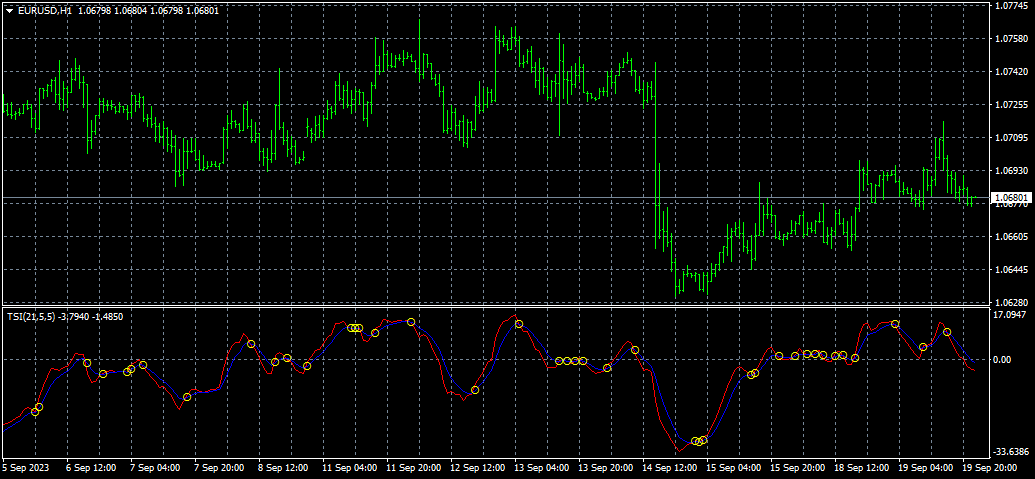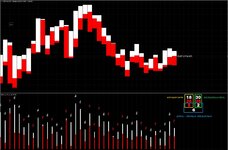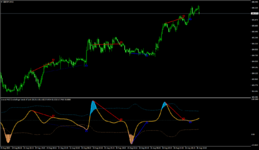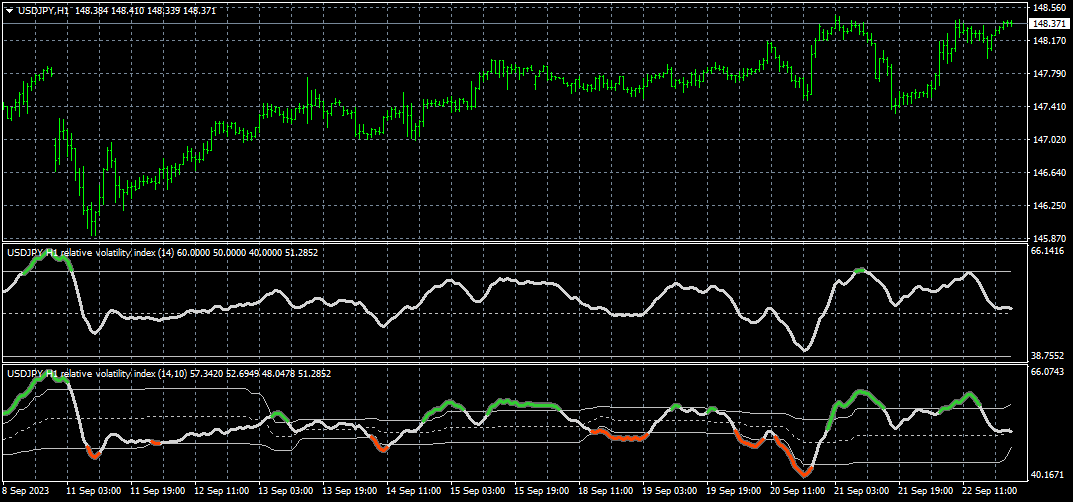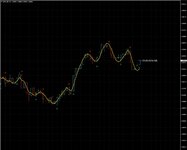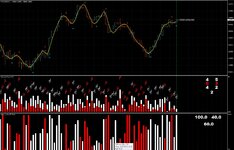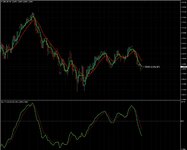- Форум
- Практический трейдинг: все, что нужно для торговли
- Автоматизация торгового процесса. MQL4
- Индикаторы форекс
Вы используете устаревший браузер. Этот и другие сайты могут отображаться в нем неправильно.
Необходимо обновить браузер или попробовать использовать другой.
Необходимо обновить браузер или попробовать использовать другой.
FxMen
VIP-участник
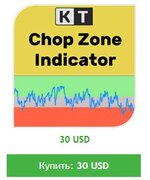
It's a well-known fact that most of the financial markets trend only 30% of the time while moving in a closed range rest 70% of the time. However, most beginner traders find it difficult to see whether the markets are trending or stuck in a range.
KT Chop Zone solves this problem by explicitly highlighting the market phase into three zones as Bearish Zone, Bullish Zone, and Chop Zone.
Особенности
- Instantly improve your trading by avoiding trade during the sideways market (Chop Zone).
- You can also use it to get exit signals. For example, you may exit from a long trade when it enters into a Chop zone.
- Fully compatible with Expert Advisors. You can easily import this indicator in your expert advisor and improve your trading strategies.
- All Metatrader alerts included.
Входные данные
- Main Period: An integer for the oscillator. We recommend putting a value between 10 to 30.
- Bullish Zone Level: Choose a level for the bullish zone.
- Bearish Zone Level: Choose a level for the bearish zone.
- Color Settings
- Alert Settings
Вложения
queen
Новичок форума
Описание стратегии нет? На графики не чего не видать.Подвальный отображается нормально.
У меня черное поле. В чем может быть проблема?
На ходу придумал претендента на грааль на основе этого и еще одного индикатора. Респект за выложенный индикатор.
Nobodys Hero
Активный участник
Интересный индикатор, но идея не нова и описана еще в 2010 году. В следующей своей статье автор изложил основные принципы ТС на основе этого индикатора. На мой взгляд вполне очевидные ...
Often, the Sve_BB%b is a leading indicator making smooth moves with clear turning points. Normal and hidden divergent moves make it an ideal tool to help find entry and exit points while watching price moving between the Bollinger bands. In my last article, I looked at how this indicator could help traders identify entry and exit points while prices are moving between the bands. This time, I will introduce a good trading system using the Sve_BB%b and include some ideas together with other technical analysis tools. There are some tricks that could help traders get started:
1. Use a candlestick chart when applying the Sve_BB%b. This is because candlesticks tell you more. You will look for candlestick reversal patterns to get a confirmation of a possible turnaround.
2. Use the most basic tools like support, resistance, and trendlines. Knowing that the Sve_BB%b is a leading indicator, you will just use the turning points of the indicator above and below the active standard deviation reference levels as a signal to start drawing a trendline and not as a signal for a direct buy or sell.
3. Keep a close eye on convergent and divergent moves between price and indicator. Ideally, you would open or close a position after a standard positive or negative divergent move. The bottoms or tops of this divergence are preferably spaced closer together than the price move before the divergence because price correction waves are generally moving faster than price trend waves. Look for hidden divergences and interpret them as a possible continuation of the previous up- or downtrend.
4. Use 20-, 50-, and 200-day simple moving averages. Use the 20-day simple moving average as an aid to draw trendlines with the short-term price move. Use the 50- and 200-day simple moving averages as dynamic support and resistance levels.
5. Use a fast-responding trailing stop to get in and out of a trade. A good example would be one like my Tr&nds trailing stop introduced in the July 2009 issue of Stocks & Commodities. Use this stop as a warning signal. Look closely at the evolution of price at that moment in time. This trailing stop is considered broken only if crossed by the high price.
6. Always take care of the risk-to-reward ratio before entering a trade.
Вложения
Потому что открывали через блокнот, а не через Meta Editor и сохранили его так.Всем привет. Может знает кто, почему изменился внешний вид файлов mg4.
Это я его потом через блокнот открыл, а сперва он белый был.Потому что открывали через блокнот, а не через Meta Editor и сохранили его так.
В редакторе всё нормально показывает.Это я его потом через блокнот открыл, а сперва он белый был.
В редакторе он нормально и будет , ты же ему только внешний вид поменял а не формат.В редакторе всё нормально показывает.
В
А можно редактор отдельно установить?В редакторе он нормально и будет , ты же ему только внешний вид поменял а не формат.
редакторе он нормально и будет , ты же ему только внешний вид поменял а не
Доброго) Можно переделать индикатор чтобы алерт был отключен ? В конструкторе мешает)

